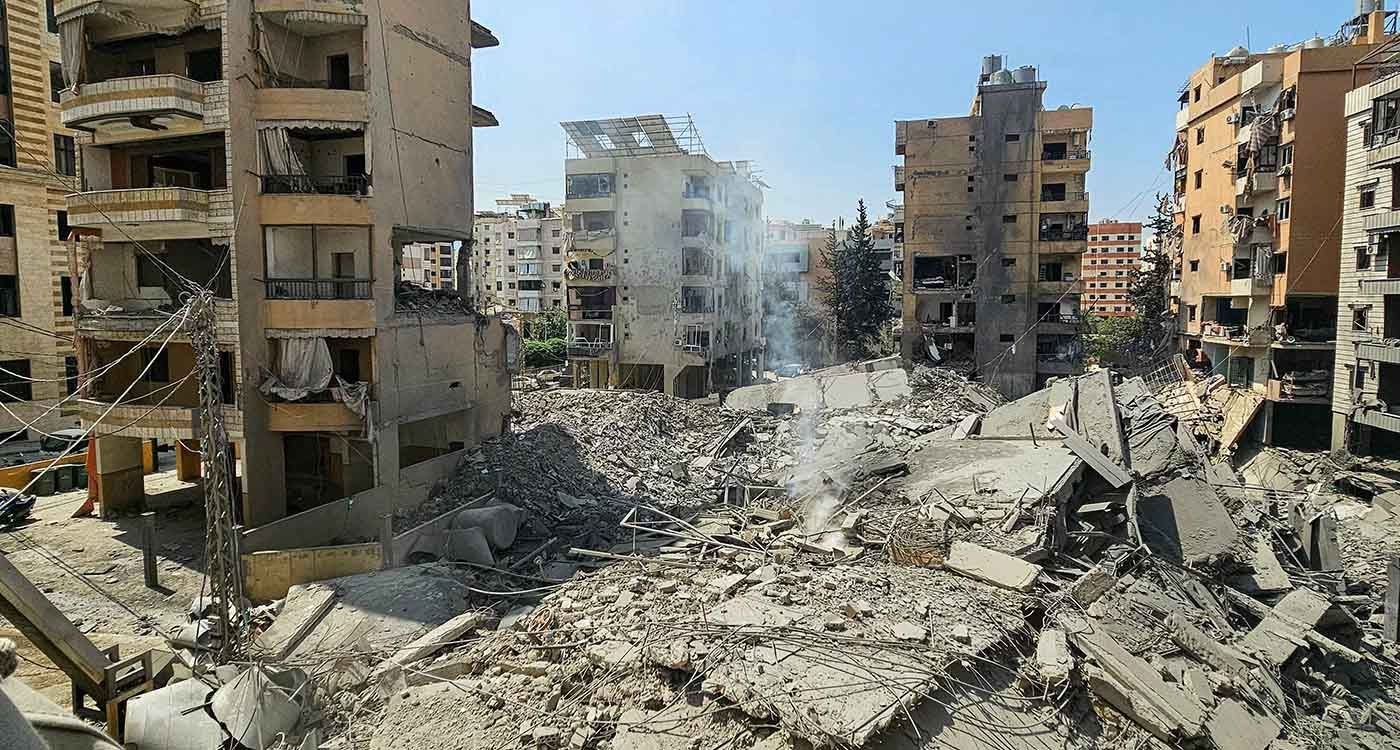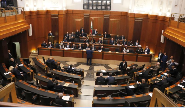
Nine buildings were completely destroyed; nearly 70 others damaged; 115 homes reduced to rubble and more than 850 seriously affected; around 50 cars wrecked; and some 175 businesses damaged – this is the toll borne by residents of Beirut’s southern suburb following a wave of roughly twenty Israeli airstrikes on Thursday, June 5. The raids targeted warehouses and drone manufacturing facilities operated by Hezbollah, located in the basements of densely populated neighborhoods that the Shia party has turned into a stronghold and tightly controlled zone for its pro-Iranian militia.
A few days earlier, for the third time in less than three weeks, the security forces of the new regime in Damascus seized a large shipment of ammunition and anti-tank rockets near the Syrian village of Qousseir, close to the Lebanese border. The weapons were intended to be smuggled into Lebanon for Hezbollah. Meanwhile - coincidence or not - attacks by “residents” (the height of Hezbollah’s hypocrisy) against UNIFIL patrols in southern Lebanon have increased. Each time, the “residents” carefully raise the yellow Hezbollah flag on the United Nations peacekeeping vehicles.
Some Lebanese officials - and many Western leaders and analysts - continue to overlook an undeniable reality: the warmongers within Iran’s radical faction, especially the Pasdaran, along with their Lebanese proxy Hezbollah, have neither disarmed nor backed down. They remain fully armed and active in more ways than one.
The pro-Iranian faction has willingly become fully dependent - ideologically, culturally, financially, militarily, and politically - on its backers for every strategic decision. So, it’s pointless to ask Hezbollah’s leadership the question that won’t go away: For whom, for what purpose, and how long will the Lebanese population - especially the Shia community - remain hostage to the Islamic Republic’s broader geopolitical ambitions?
It would be utterly unrealistic to expect a vassal to rebel against its patron and lay down its arms. Pursuing endless “dialogue” and “understanding” to reverse the Iranian fait accompli aimed at dismantling Lebanon’s central state would be a suicidal course. It’s important to recall that talks about illegal weapons and a unified national defense strategy have been ongoing since 2006 - with no success, obviously. The relationship between the state and Hezbollah follows a simple rule: the stronger the central government, the weaker Hezbollah becomes; the weaker the state, the more Hezbollah tightens its grip…
Faced with hardliners backed by a tyrannical and deeply theocratic regional power, relying on soft power only plays into the hands of these para-state groups. They exploit any weakness within the state to buy time, regroup, rebuild their arsenal, and wait for a shift in the international balance - only to strike again. The repeated attempts to smuggle weapons to Hezbollah through Syria, the storage and production of drones in the basements of the southern suburbs, and the ongoing attacks on UNIFIL patrols all clearly expose Tehran’s true agenda.
Without a resolute international strategy toward the Islamic Republic, any firm stance at the local level risks being undermined. Tehran remains the root cause of the region’s instability. Accepting half-measures that grant Iran’s radical faction a temporary respite will only prolong Lebanon’s chronic turmoil, increase threats to maritime traffic in the Red Sea, drag the region into another pointless war down the line, and—most importantly—enable the Pasdaran to reestablish their strategic foothold in Syria. With belligerent, hardline ideologues, a soft approach often results in a devastating boomerang effect.





Comments